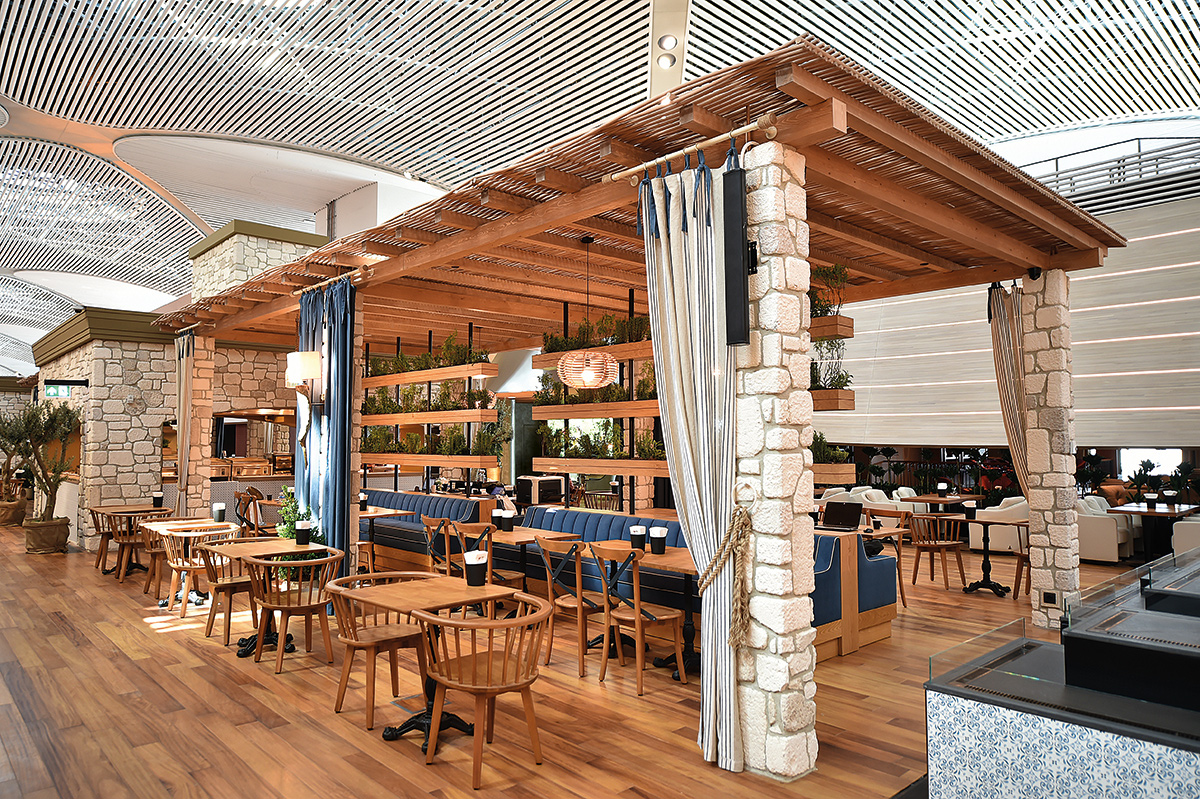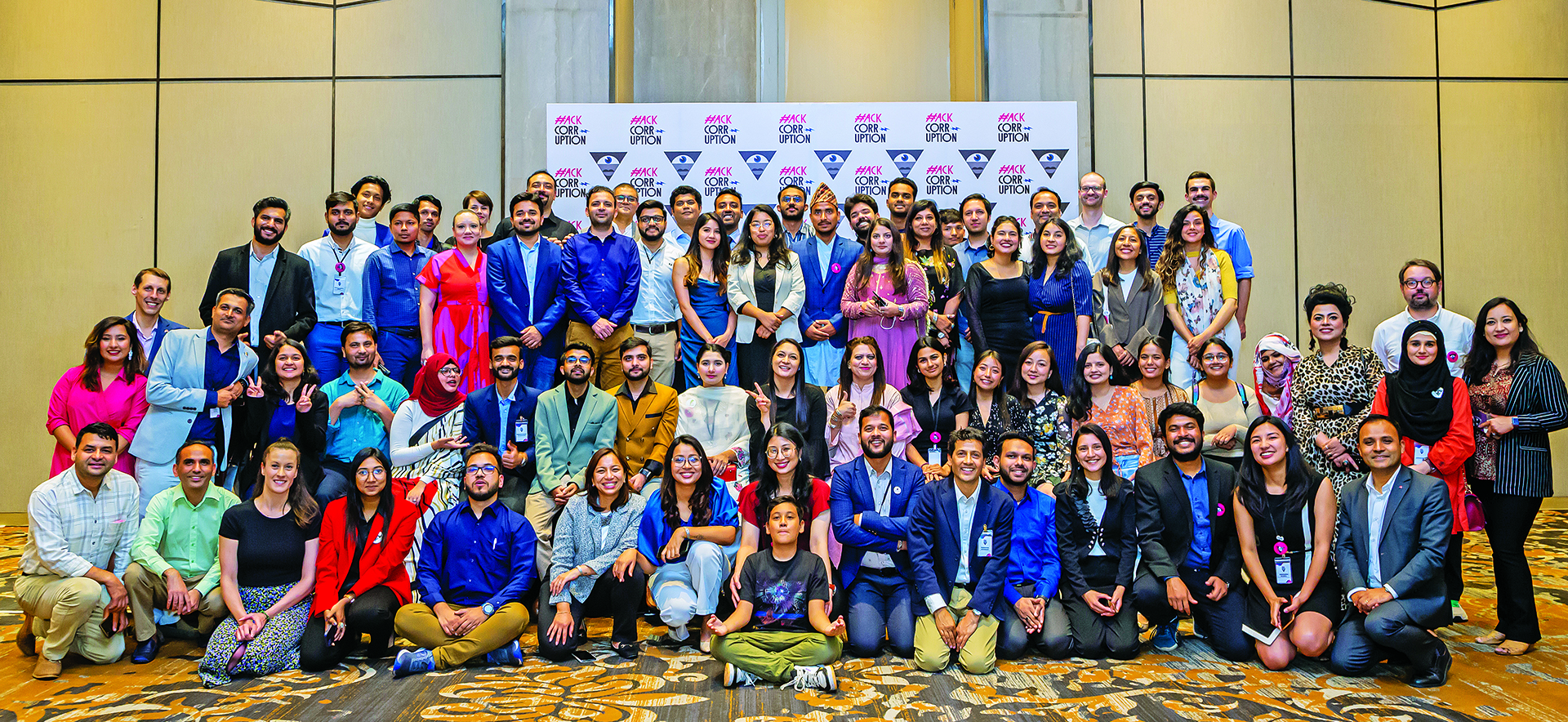
By Avant Shrestha
There are numerous hotels and lodges scattered across the country with interesting history and stories. However, only a few can match the magic and history behind the doors of the Red House lodge. Located in the village of Kagbeni in Upper Mustang alongside the mighty Kali Gandaki River, Red House Lodge is an old home that has been providing accommodation for travellers for decades.
The Name
In 1997, Manang and Mustang regions were declared Annapurna Conservation Area Project (ACAP) and eventually tourists started to travel to this region. Seeing an opportunity, Pema Doma became the first person to start a small lodge in Kagbeni by providing basic facilities and hospitality she had to offer. As beautiful and mysterious the lodge and its surroundings are, the story behind the name ‘Red House’ is even more intriguing.
 Behind the name lies a story of a true friendship between Pema Doma and Sydney Schuler. A traveler, Sydney Schuler, came to Kagbeni to study the women of Baragaon, Mustang and the status of women in Nepal. During the course of her research, Sydney stayed at Pema’s lodge for two months. Over the period of her stay, her friendship with Pema blossomed. Sydney noticed that the home she was staying in had no name. She then decided to bring a signboard inscribed with ‘Red House Lodge’ to symbolise the colour of the lodge which was painted all red. The name struck a chord and over time the moniker given to the building based on its colour still stands true today.
Behind the name lies a story of a true friendship between Pema Doma and Sydney Schuler. A traveler, Sydney Schuler, came to Kagbeni to study the women of Baragaon, Mustang and the status of women in Nepal. During the course of her research, Sydney stayed at Pema’s lodge for two months. Over the period of her stay, her friendship with Pema blossomed. Sydney noticed that the home she was staying in had no name. She then decided to bring a signboard inscribed with ‘Red House Lodge’ to symbolise the colour of the lodge which was painted all red. The name struck a chord and over time the moniker given to the building based on its colour still stands true today.
Getting There
The journey to Kagbeni’s Red House is exciting. After what seemed like a chaotic 15 hours of constant violently shaking bus ride added with constant blaring of Nepali and Bollywood songs and the constant profane chattering of my fellow passengers, reaching the outskirts of Kagbeni was pure bliss.
 Walking through the windy and narrow cobble stoned paths of Kagbeni towards Red House Lodge was unique. For a city dweller, who was dodging the pacing vehicles on the streets of Kathmandu a day earlier, finding myself in a village which was designed as a fortress and trapped between hordes of goats almost being trampled to death was nothing short of extraordinary.
Walking through the windy and narrow cobble stoned paths of Kagbeni towards Red House Lodge was unique. For a city dweller, who was dodging the pacing vehicles on the streets of Kathmandu a day earlier, finding myself in a village which was designed as a fortress and trapped between hordes of goats almost being trampled to death was nothing short of extraordinary.
Taking a local bus is standard arrangement for travellers making their journey towards Kagbeni. But for those with bad back and because of the precarious condition of the roads, different travel arrangement is highly recommended. Then again, for adventurers, getting on a motor bike or trekking the entire way would be more attractive.
For travellers who would prefer a more comfortable route should be able to book a flight to Jomsom. From Jomsom, Kagbeni can be reached via hired jeep or bus in half an hour and travellers who prefer to walk can reach the destination in three hours, depending on the pace.
 The Red House
The Red House
Red House hides itself behind unchanged hundred-year-old mud and stone houses and newly erected hotels and cafes. The timeless mud and stone houses are a visual delight among the new hotels and cafes set up to accommodate the influx of tourists that Kagbeni has experienced in the recent times. However, there is nothing endearing about the exterior of Red House. The simplistic design and few shades of white paint on the red walls is nothing out of the ordinary. However, the lodge’s intricate details and features slowly start to unravel once you enter the building.
Every corner of the lodge carries history. The former owner of the house, Pema, who everybody respectfully addresses as Ama (mother), still resides in the premises. She claimed that the wood that was used to construct the house were from a nearby jungle which is now sadly just miles of barren land. Additionally, the walls of the building is decorated with centuries old Thangka art and aligned with equally aged utensils, weapons and Tibetan text books. At the center of the house stands a 5-foot tall Buddha statue, which is the second highest in the Mustang region with the first one located in Lo Manthang.
 Homely Vibe
Homely Vibe
Red House only has five staff members with no defined roles; in fact, they help out where they are required to. To think about it, it houses an unconventionally low number of staff but based on how properly the lodge is managed and how welcome they make the guests feel, these handful of personnel are more than enough.
The lodge offers a total of 20 bedrooms. 11 rooms in the main quarter with 10 attached bathrooms and one common bathroom and 9 rooms in the newly acquired quarter. Two of the best rooms in the lodge are Lo Manthang and Lake Tilicho which overlook the vast majesty of the surroundings. The mud walls in Lo Manthang are replaced by glass windows so that the occupants can appreciate Dhaulagiri massif on the right and Nilgiri Himal on the left.
The main aim of the hotel is to offer its guests simple yet a comfortable stay with all basic necessities. The minimalist décor of the rooms is in tandem with the pristine mountains and the lakes the rooms are named after.
The common area and the dining hall are left relatively empty during the day with only natural light giving it a rustic hue. During the evening, it is quite the opposite. With reasonable priced fast food and local dishes on offer and the murmur of the travellers chatting about their journey and lives in faraway places brings the entire place to life. And yes they do have Wi-Fi. In the words of Karl Mordo from Dr. Strange, “We are not savages.”
 The lodge has a central sanctum space which acts as the core binder of all the areas of the house. Within the sanctum is the aforementioned 300 plus year old statue of Maitreyea Buddha. On the right hand side of the sanctum, the ancient ruined place of Kagbeni can be seen. Below the sanctum, passages interconnect the entrance to the main quarter and the newly acquired quarter. Guests can quite easily get lost within the passageway of the lodge. However, it is very interesting exploring and navigating one’s way around the different alleys and entrances of the building.
The lodge has a central sanctum space which acts as the core binder of all the areas of the house. Within the sanctum is the aforementioned 300 plus year old statue of Maitreyea Buddha. On the right hand side of the sanctum, the ancient ruined place of Kagbeni can be seen. Below the sanctum, passages interconnect the entrance to the main quarter and the newly acquired quarter. Guests can quite easily get lost within the passageway of the lodge. However, it is very interesting exploring and navigating one’s way around the different alleys and entrances of the building.
Much emphasis has been given to retain the historical artifact and architectural elements of the house binding it in a certain way to make the lodge not just accommodating for the guests but to preserve the spiritual essence of the lodge as well. Guests wishing to explore every nook and cranny of the lodge will appreciate the fact that the lodge is not just a tourist accommodation but a museum with a functional purpose.
For years, travellers have treated Kagbeni as a mere resting stop before they trek on to another destination. However, Kagbeni deserves to be known as a destination in its own right, instead of a pit-stop for travellers. Apart from its exquisite expansive beauty, there are lots of activities such as short hikes to Tiri Village, Phalak, Jong and Seldhak where one can observe and get first hand glimpses of the local lifestyle, culture and traditions.
The Red House has done a commendable job in preserving the lifestyle, traditions and cultures of the Himalayan people as well as artifacts that hold historical significance. Along with doing its part in the preservation and restoration of artifacts that hold historical significance for Kagbeni, Red House has been providing guests an excellent homely accommodation and as a result has received the deserving title of Kagbeni’s premier lodge.
[su_note note_color="#fefec0"]INTERVIEW
Tripple P Gurung Owner of Red House, Executive Director of Om’s Home
 How has your career and experience as a pilot helped you in the tourism and the hospitality industry?
How has your career and experience as a pilot helped you in the tourism and the hospitality industry?
Career in aviation has definitely helped in my current ventures because flying is also a huge part of the tourism industry. I have 14 years of experience in aviation, 12 years in Nepal and another two in India. As a pilot you need to have a general idea of the locations you are flying to, plus I had the opportunity to meet lots of people who are involved in the tourism sector. In those years, I was able to build relationships that I still have and has helped me today in my journey as a tourism entrepreneur.
What is the story between you, Tenszing Thakuri and the Red House?
Red house has a lot of history and it’s not a history just for a single family but history for all of us. When I visited Red House for the first time, I found that it was badly in need of renovation and no one was taking care of the historical artifacts inside. If you leave it in the hands of a person who is not taking care of it, it will not disappear but it will deteriorate over time. Somebody had to take care of it, look after it. So I thought, if not for him, but for all of us, I took an initiation.
Every member of staff has a strong sense of ownership, did you have to implement it or did it just happen by itself?
No, nothing happens by itself. When I am there in the lodge, it’s just how I love to work. Red House is a small-sized hotel and it’s basically a family. The kindness and the hospitality of our people are known all over the world. That’s what the foreigners love about Nepal. So I want Red House to be a home for our guests not a hotel or a lodge. When guests enter the hotel, I want them to feel like they are walking into a home. I don’t know if I have done it well but that’s my philosophy and that’s how I have trained the staff.
We’ve seen very few people take an initiation when it comes to preserving old homes by turning them into an entrepreneurial business. Do you think more tourism entrepreneurs will follow suit?
That’s the whole idea. I don’t know, hopefully, it will do better because it has great potential. Eventually, this discourse should not only be about Red House, but it should be about the preservation of our history, heritage and culture and hopefully more people are involved and more old buildings are restored.
[/su_note]


